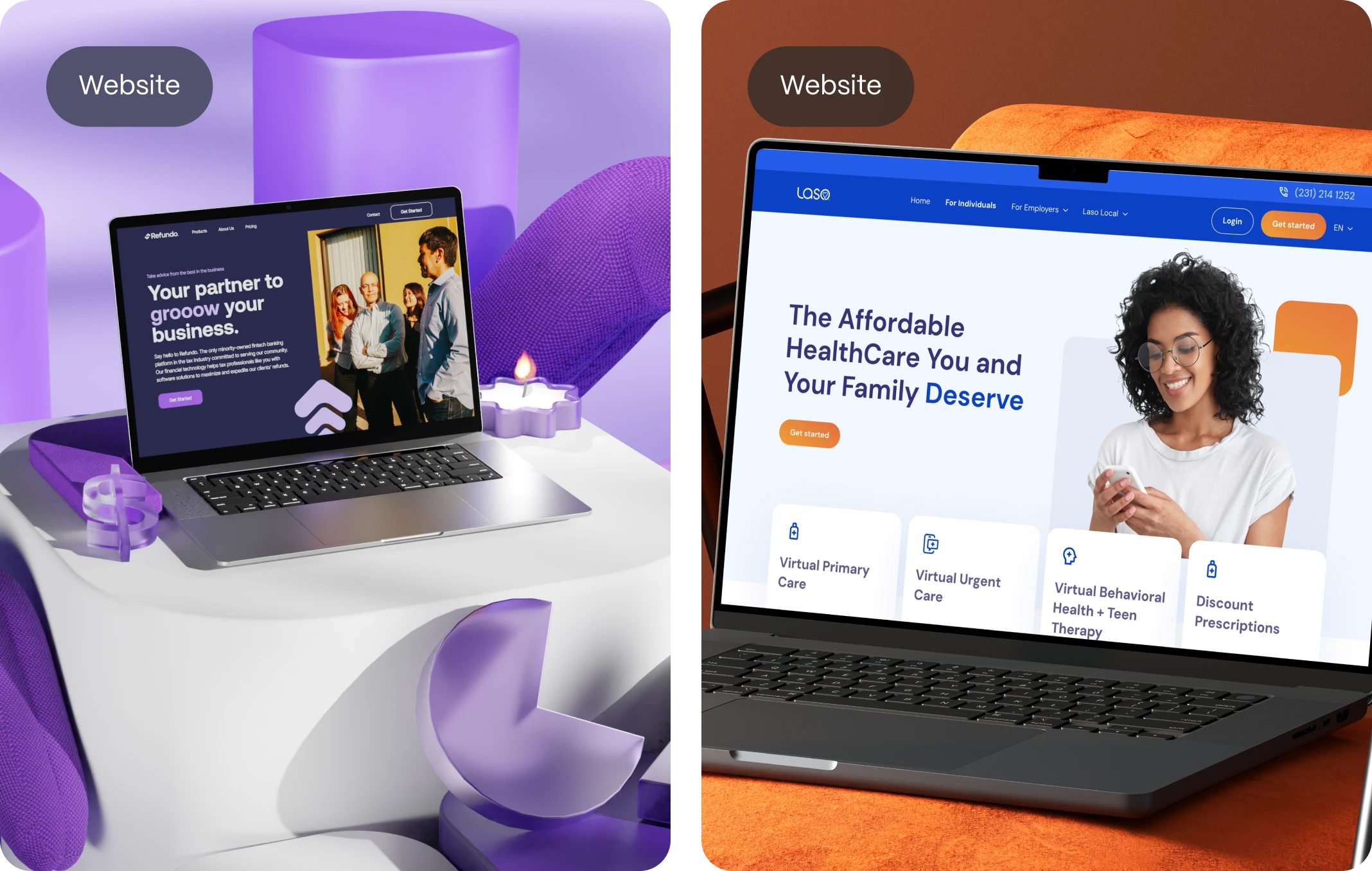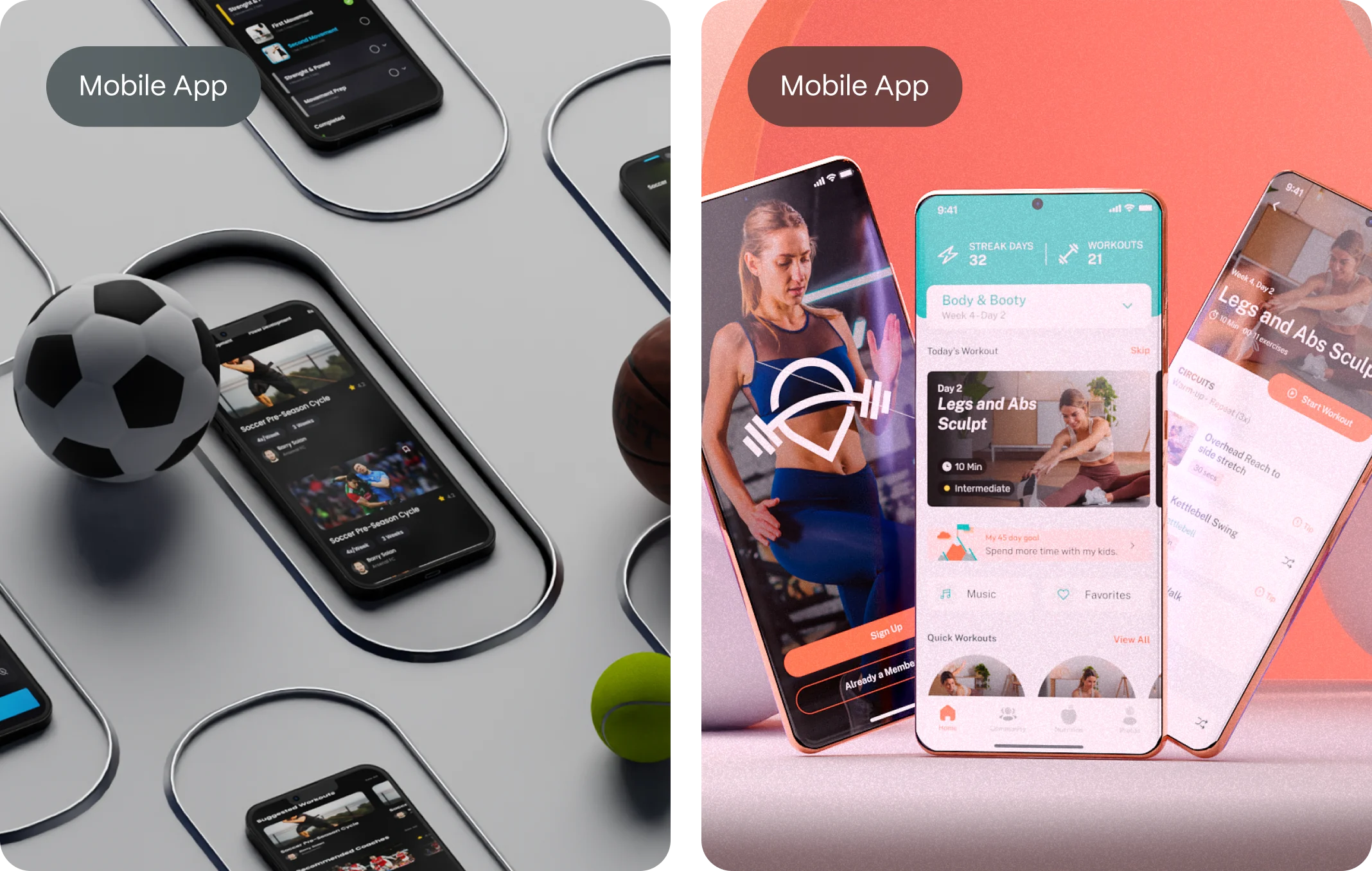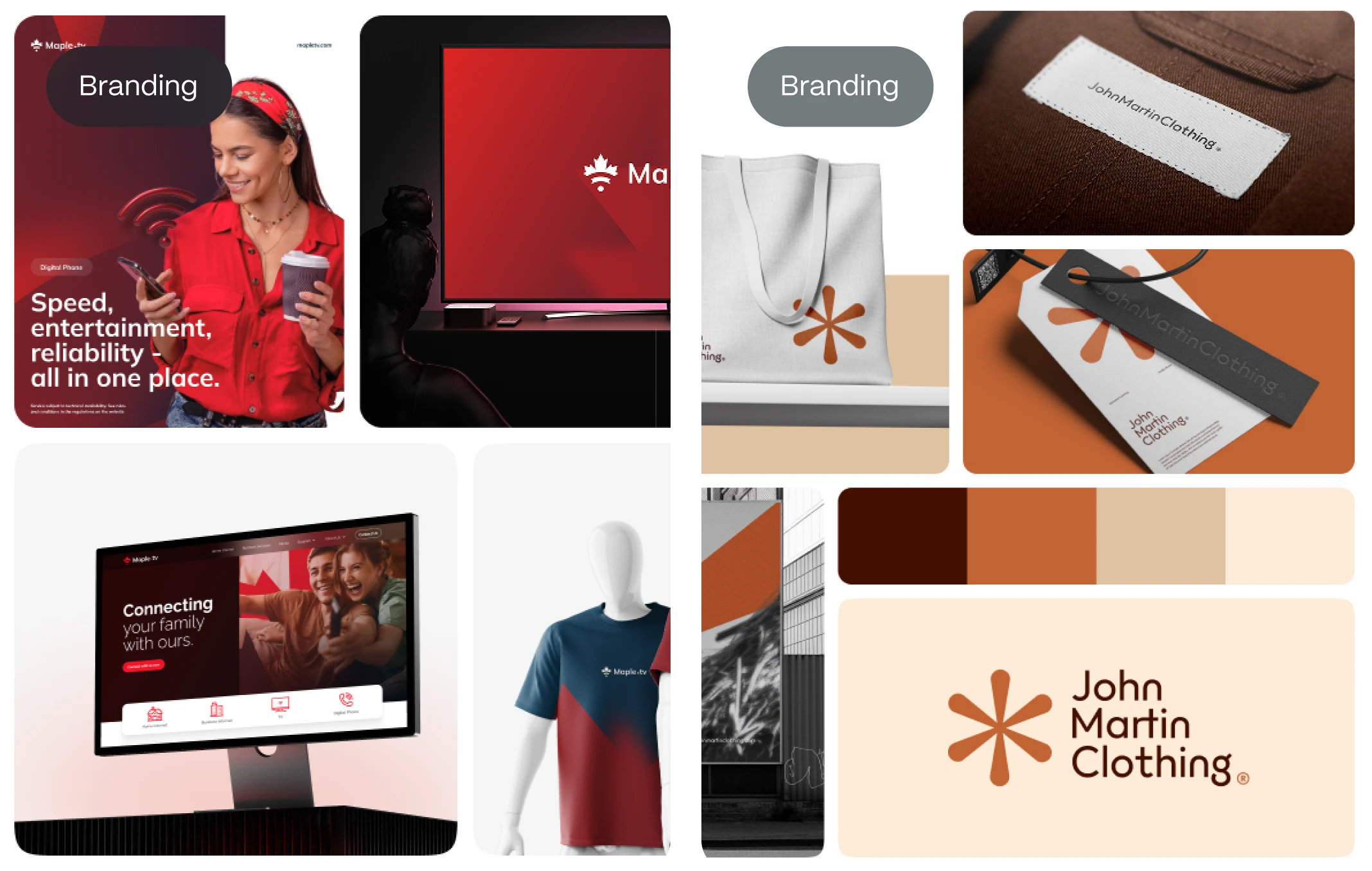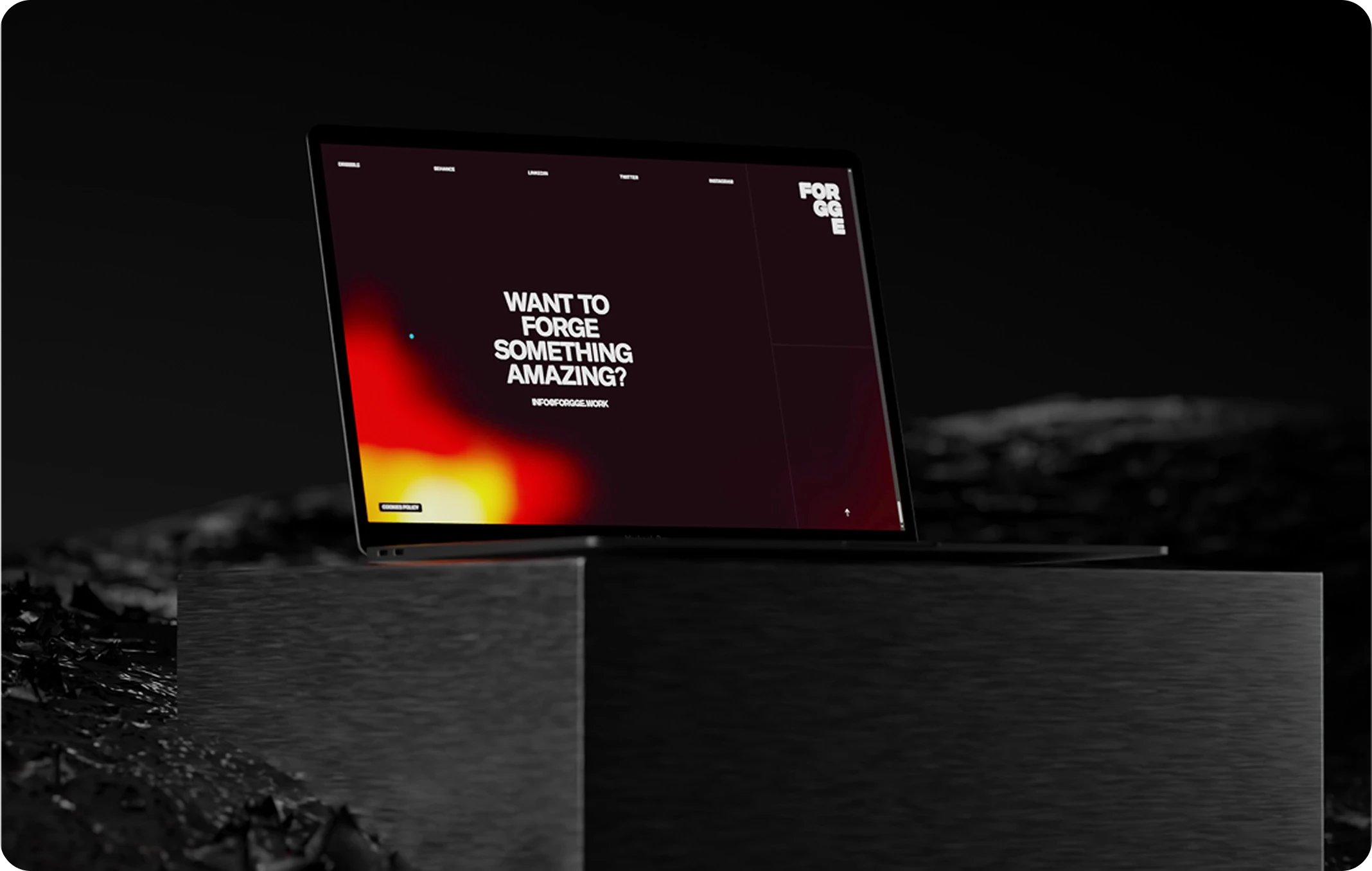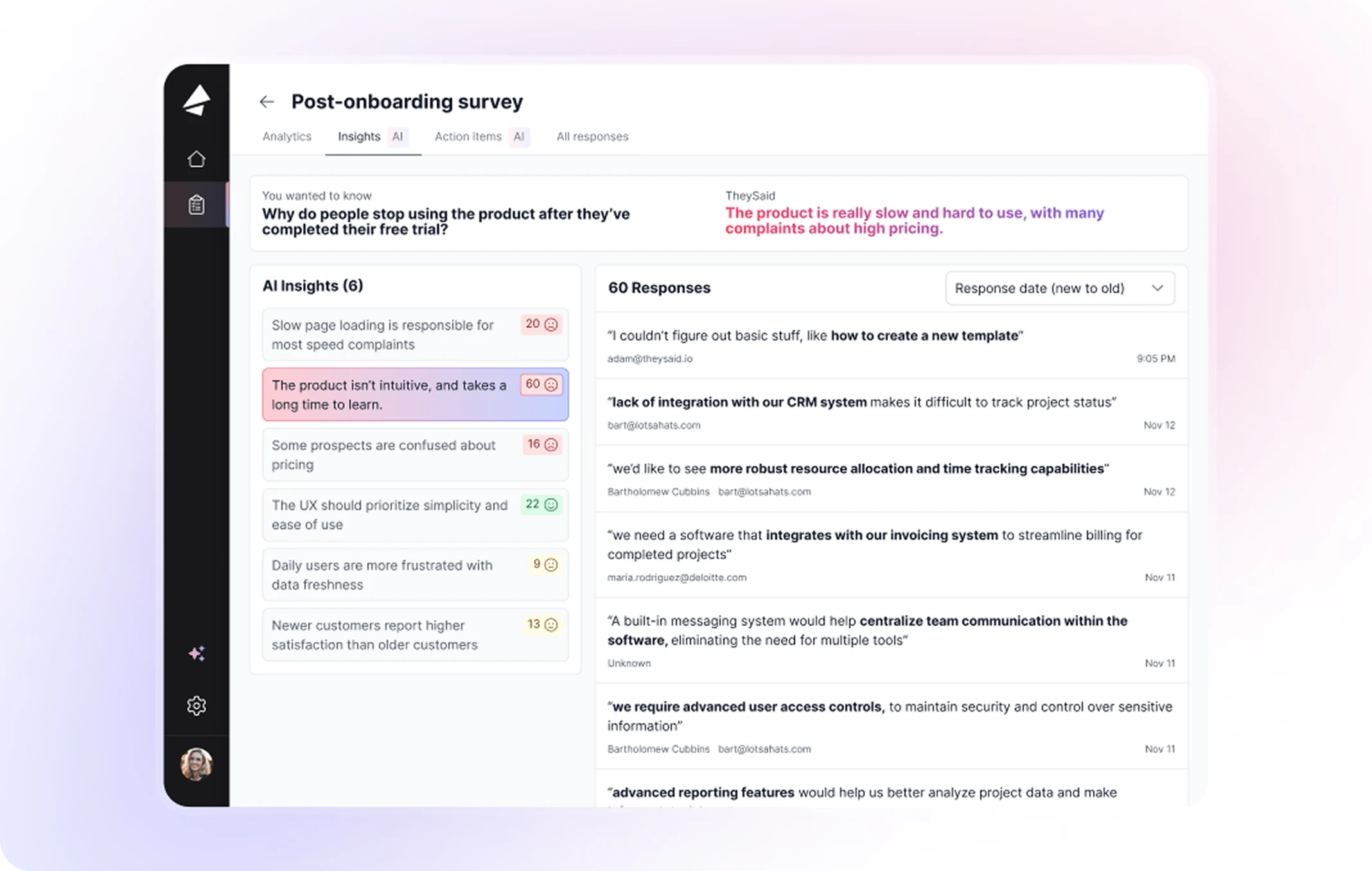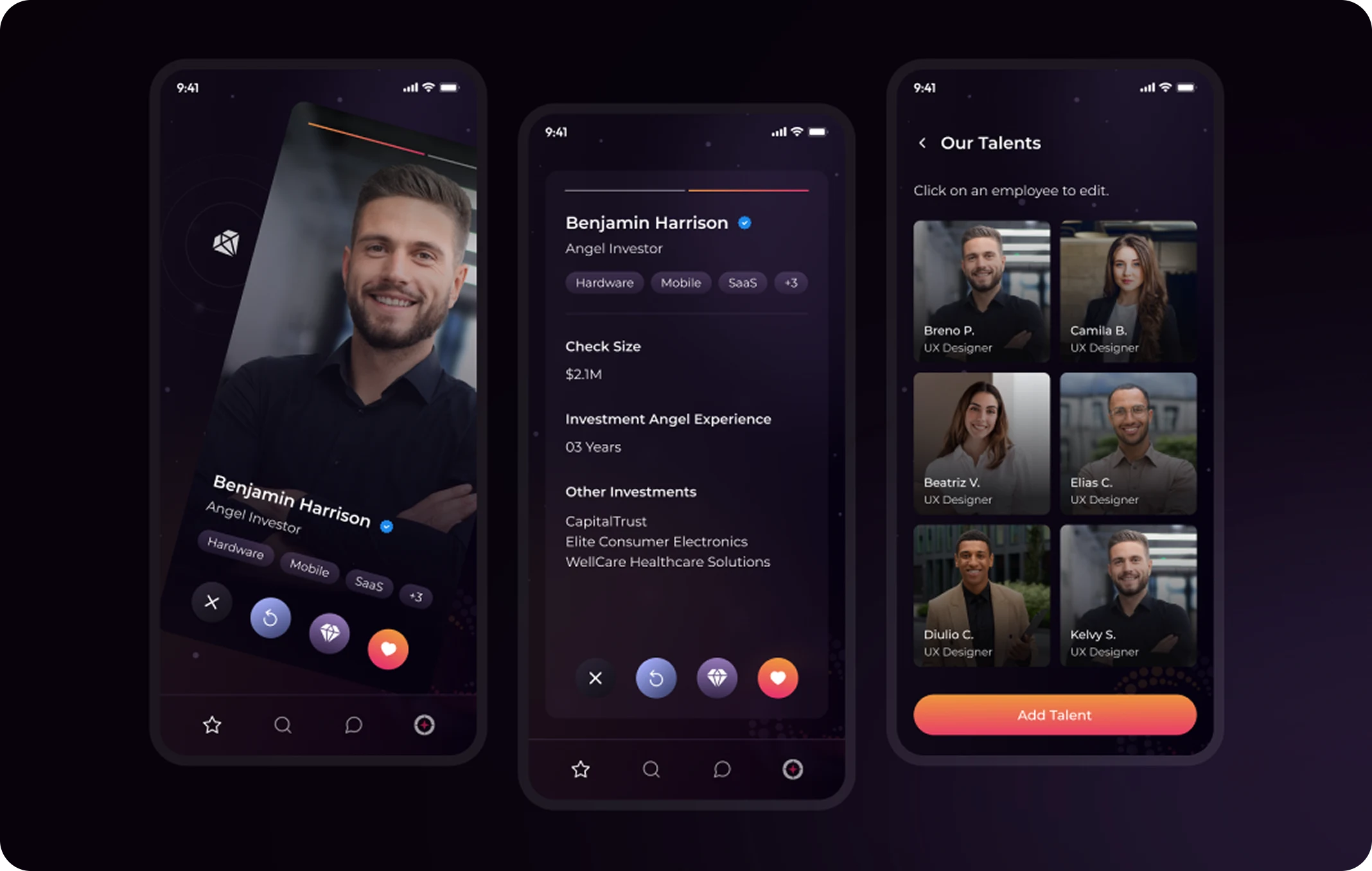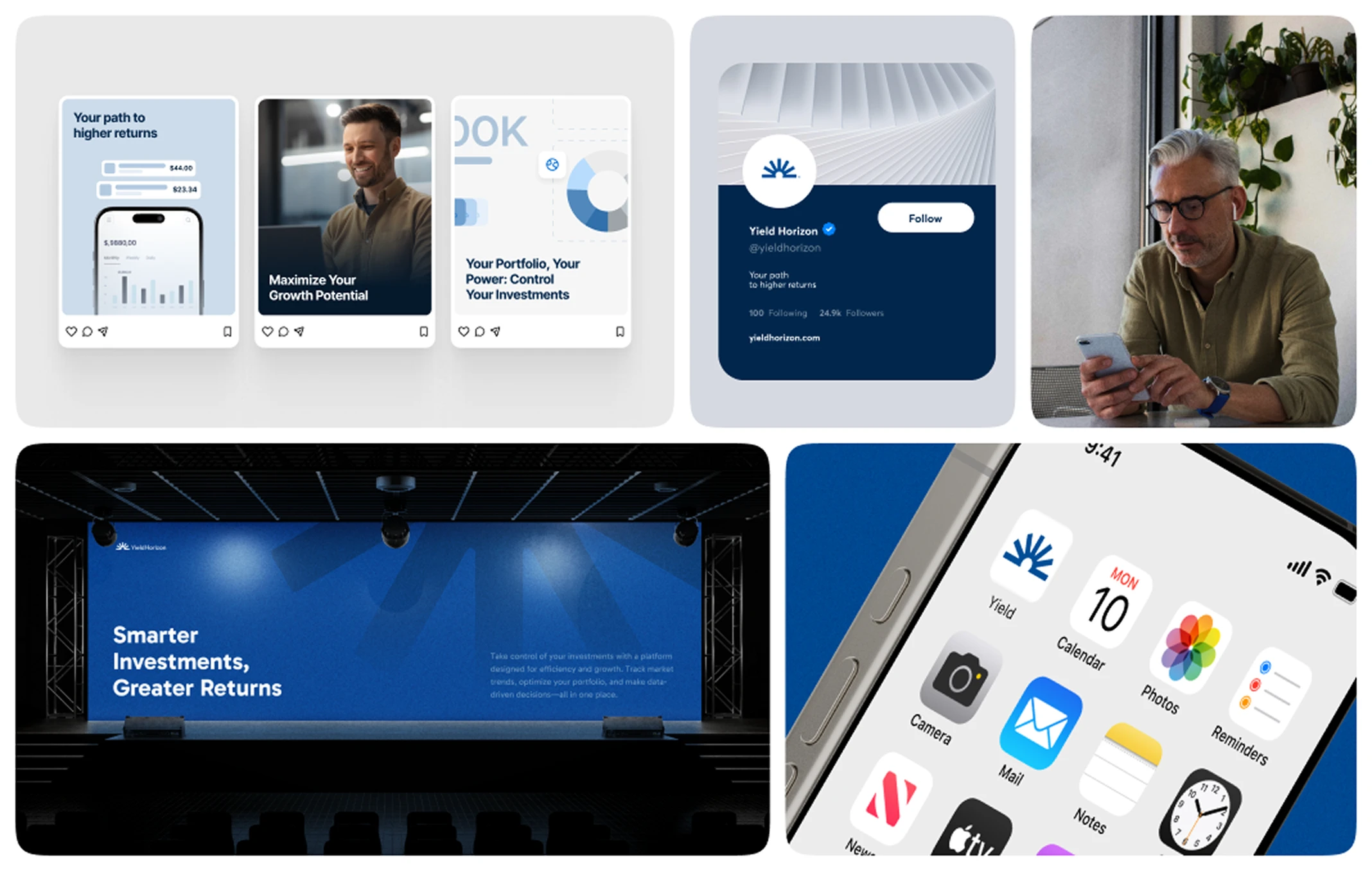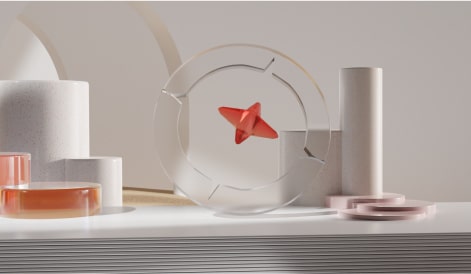In today’s digital economy, attention is currency and emotion is leverage. For startups building products from scratch or redesigning for scale, the battle is no longer just about features or functionality—it’s about meaning. Users don’t just want to use tools; they want to understand them, relate to them, and feel something while doing so. This is where storytelling steps in—not as a fluffy creative tactic, but as a powerful UX design strategy. It connects design decisions to human intention. It gives flow to the user journey and transforms cold interfaces into memorable experiences.
At Evo Design, we’ve worked with startups across fintech, wellness, edtech, and B2B SaaS. One recurring pattern emerges: the products that resonate deeply with users all share one quality—narrative coherence. Whether it’s a landing page that speaks to the user’s pain point or a dashboard that anticipates their next move, good UX is rarely about pixels alone. It’s about crafting a story users can see themselves in. Storytelling in UX aligns information, emotion, and action—and when done right, it becomes a competitive edge.
This guide will walk you through the power of storytelling in UX design. We’ll break down why it matters, how to build it into your workflow, and what frameworks, examples, and principles can help your startup stand out in crowded markets. Whether you’re launching your MVP or scaling a platform with thousands of users, this is your playbook to designing with story and strategy in mind.
Why Storytelling Is a UX Superpower
Storytelling is a method. At its core, UX design is about guiding users from where they are to where they want to be. A good product helps users complete tasks—but a great product takes them on a journey. It reassures them, educates them, surprises them, and builds trust along the way. These emotional markers—curiosity, clarity, confidence—are not incidental. They are designed. And storytelling is how we weave them in.
Humans are storytelling creatures. Our brains are wired to make sense of the world through narrative structures. This is cognitive science. Research shows that stories increase memory retention, emotional response, and even decision-making speed. In UX, that means users understand better, convert faster, and stay longer when design follows a clear narrative arc.
Great UX storytelling doesn’t mean adding paragraphs of text or forcing cinematic metaphors. It means structuring information, interactions, and visuals in ways that resonate. Every interaction—from the first scroll on a homepage to the final click on a checkout screen—is a scene. Each contributes to a larger story about the user and their goals. When your design speaks that language, you move beyond usability—you create affinity.
How Storytelling Shapes the User Journey
The UX Narrative Arc
Much like traditional storytelling, UX storytelling follows a familiar structure: beginning, middle, climax, and resolution. These map beautifully to the stages of a user journey:
- Beginning: The user arrives with a need, goal, or curiosity. This is where you set context and introduce the “why.”
- Middle: The user explores, navigates, compares options, or engages with content. Here, you create emotional peaks—moments of satisfaction, delight, or even friction.
- Climax: The critical decision point—buying, subscribing, submitting a form. Your storytelling must empower the user and remove uncertainty here.
- Resolution: Confirmation screens, success messages, onboarding flows—this is where you make the user feel like a protagonist who has achieved something.
When mapped properly, this narrative arc transforms features into feelings. It turns user flow into user story.
Using Story to Solve Pain Points
Storytelling also helps identify and address user pain points. Consider error states. A 404 page isn’t just a broken link—it’s a broken narrative. A smart 404 page might acknowledge the frustration, offer a friendly tone, and guide the user forward, preserving the journey. These are the micro-moments where story becomes service.
Onboarding, too, benefits immensely from storytelling. Rather than throwing a feature tour at the user, narrative onboarding uses progress, context, and reward to motivate behavior. You’re not just showing what the product can do; you’re showing what the user can become by using it. That’s the power of positioning the user as the hero of the story.
Principles of Effective UX Storytelling
Clarity Before Cleverness
One of the most common mistakes in UX storytelling is sacrificing clarity for creativity. Startups often fall in love with their brand tone or visual flair and forget the first rule of storytelling in UX: if your user can’t understand what’s happening or what to do next, the story fails.
Your interface must function as a clear narrator. That means labels that actually explain, microcopy that guides rather than distracts, and interactions that feel intuitive. Good storytelling doesn’t require grand metaphors or animations—it requires clarity of sequence. Every element on the screen must answer: where is the user in the story, what just happened, and what should happen next?
Empathy as the Foundation
Designers and founders often create with the product in mind. Storytelling flips that: you design with the user’s life in mind. Empathy becomes your most powerful UX tool.
Before sketching wireframes, your team should ask:
- What’s happening in the user’s day when they open this app?
- What anxieties are they bringing into this experience?
- What kind of language, tone, and pacing will they feel safe and inspired by?
Empathetic storytelling recognizes that users are not just functional beings—they’re emotional ones. They might be in a rush, stressed, confused, or distracted. Your UX should meet them where they are—not where your roadmap assumes they’ll be.
Progress is a Storytelling Device
Progress bars, achievement badges, checklists, onboarding steps—they’re more than UI elements. They’re narrative devices.
These tools signal momentum, and momentum is crucial to narrative engagement. Even when the user journey is complex—like filling out a long form or setting up an account—breaking it into chapters creates digestibility. Think of Duolingo’s gamified UX or Notion’s onboarding: every small step feels like part of a personal story unfolding. That’s what storytelling does—it makes progress feel like purpose.
UX Storytelling in Action: Examples from Great Products
Airbnb – Empathy at Scale
Airbnb is a masterclass in UX storytelling. Their homepage immediately establishes a narrative: “You deserve to belong anywhere.” Instead of leading with product features, they lead with emotion. Their booking process is a guided, human-centric flow—from storytelling-rich property descriptions to photography that feels cinematic. Each listing tells a story. And by extension, each user becomes part of one.
The UX is clean but never cold. Every tooltip, icon, and form input respects the user’s mental model and anticipates needs. And when issues arise—like cancellation or refund—the copy doesn’t blame; it consoles and explains. That’s storytelling with empathy.
Spotify – Personalized Storytelling
Spotify’s UX transforms data into narrative magic. From the annual “Spotify Wrapped” experience to daily playlists like “Discover Weekly,” the product constantly says: we know your story. It’s personalized storytelling at scale—turning usage behavior into an emotional journey.
Even the microinteractions—like hearting a song or sharing a playlist—are designed to feel meaningful, not mechanical. These small acts build user identity and emotional connection, reinforcing the idea that the user is the protagonist of their own musical adventure.
Headspace – Guiding the Inner Journey
Headspace doesn’t just deliver meditations—it tells the story of inner transformation. From the first onboarding question (“What brings you here today?”) to the animations that narrate mindfulness concepts, Headspace uses visual and verbal storytelling to make mental wellness feel approachable.
It’s not just about delivering content. It’s about shaping a journey of growth, with clear chapters, supportive voice, and progress tracking that reassures rather than pressures. This emotional narrative transforms UX from utility into ritual.
Integrating Storytelling into Your UX Workflow
Start With a Story Framework
Before jumping into Figma or prototyping tools, map your user journey as a story arc:
- Context: Who is the user? Where are they in their life or work?
- Conflict: What’s their challenge, pain, or problem?
- Climax: What’s the most emotionally charged point in the experience?
- Resolution: What outcome makes them feel empowered?
This framework doesn’t replace user flows—it enhances them. It helps you prioritize which screens require more emotional attention and which microcopies carry narrative weight.
Design Sprints with Narrative in Mind
During design sprints or product workshops, include a “narrative voice” in the process. Assign someone on the team to constantly ask:
- What does this screen say emotionally?
- How does this page feel to a first-time user?
- Is the user being told a coherent story from start to finish?
Just like accessibility or usability, storytelling should be part of your QA checklist. It’s not fluff—it’s flow.
Test Emotion, Not Just Functionality
Usability testing often focuses on mechanics: did the user complete the task? But storytelling UX asks deeper questions:
- How did the user feel at each step?
- Did they smile, hesitate, or feel confused?
- Did the interaction make them feel confident, curious, or relieved?
Use qualitative research—interviews, think-aloud tests, or diary studies—to gather these emotional cues. Your story might be technically perfect but emotionally flat. Only real user input reveals that.
The Link Between Storytelling and Brand UX
Storytelling Builds Brand Identity
When done right, UX storytelling doesn’t just improve usability—it crystallizes your brand. Every interface, every micro-interaction, every loading message is a chance to say, “This is who we are.”
Think about Mailchimp’s whimsical tone or Notion’s minimalist calm. These brands don’t rely solely on logos or color palettes to build identity—they embed their voice in the journey. Whether a user is completing a task or facing an error, the experience carries a consistent tone that reinforces trust, relatability, and uniqueness.
Storytelling helps transform your product from a set of functions into a living brand. In a crowded market, functionality can be cloned. But your story—how you make users feel while they achieve their goals—is your real moat.
The Role of Brand Archetypes in UX
A powerful way to embed storytelling into UX is by aligning with brand archetypes: narrative templates rooted in universal human psychology. Is your product the Caregiver (calm, supportive, like Headspace)? The Explorer (curious, adventurous, like Airbnb)? The Hero (bold, empowering, like Nike’s training apps)?
By choosing a core archetype, startups can shape their product voice, interface behavior, and even onboarding flows to match the personality their users subconsciously respond to. This ensures coherence and emotional resonance across every touchpoint.
Creating a Narrative Design System
Component Libraries Are Not Enough
Design systems typically include typography, colors, spacing, and interaction rules. But if you’re not including voice, tone, pacing, and narrative patterns—you’re only delivering half the story.
To bake storytelling into your product DNA, create a Narrative Design System:
- Voice & Tone Guidelines: When to be friendly, when to be formal, when to be quiet.
- Emotional Map: What feelings each screen or action should evoke.
- Story Templates: Repeatable UX flows that tell similar stories (e.g., onboarding, error resolution, goal achievement).
This system helps your team—designers, PMs, copywriters, developers—stay aligned on what the product is really saying. And it makes scale easier, ensuring emotional consistency as you grow.
Design Tokens with Narrative Function
Even design tokens—like button styles or animation speeds—can have narrative impact. A fast transition may signal excitement. A slower one may create space for reflection. Rounded corners can feel more welcoming; sharp edges more serious.
Everything speaks. Your design system should make sure it speaks the right story.
Common Storytelling Pitfalls in UX
Mistaking Decoration for Narrative
Adding illustrations, animations, or quirky text doesn’t mean you’re telling a story. That’s decoration.
True UX storytelling involves understanding the user’s journey, identifying emotional inflection points, and shaping content and interaction to guide them forward with empathy. A beautifully animated onboarding that doesn’t reduce anxiety or increase clarity isn’t storytelling—it’s distraction.
Ignoring Nonlinear Journeys
Many startups build UX flows assuming a linear path: step 1, step 2, step 3. But users jump around, come back later, get distracted.
Good storytelling accounts for nonlinear behavior. That means:
- Clear states (what’s done, what’s pending)
- Re-entry points (so they can resume where they left off)
- Reinforced narrative context (reminding them where they are)
Designing for real behavior—not idealized paths—is what elevates your UX story.
FAQ
What is storytelling in UX design?
Storytelling in UX design is the practice of crafting user experiences that follow a clear, emotional, and purposeful narrative. It helps guide users through digital products in a way that feels intuitive, engaging, and human-centered.
Why does storytelling matter in UX?
Storytelling creates emotional connection, reduces friction, and increases user satisfaction. It turns tasks into journeys, helps users feel supported, and builds long-term brand loyalty.
How can startups implement storytelling in design?
Startups can map user flows as story arcs, use empathetic language, design with narrative patterns, and build design systems that include voice and tone. Testing emotional response—not just functionality—is key.
What are some UX storytelling examples?
Airbnb, Spotify, and Headspace are great examples. Each uses emotion, clarity, and personal relevance to guide users through their platforms.
How does storytelling improve usability?
By aligning interface design with human behavior and expectations, storytelling reduces confusion and boosts engagement. It makes interfaces feel logical, supportive, and meaningful.

